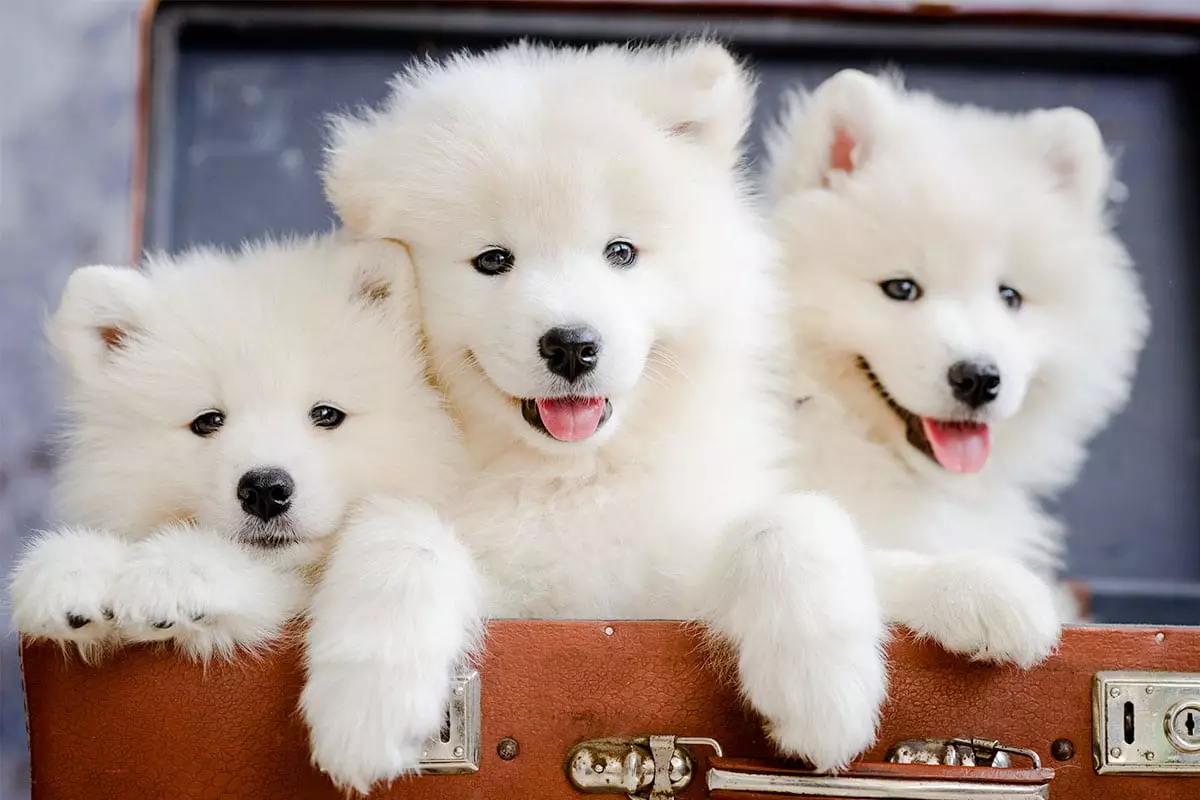A dog’s smile transcends mere facial expression; it embodies an intricate language of affection, trust, and emotional connection. Unlike human smiles, which can sometimes be mask-like or superficial, a canine grin is an authentic reflection of their innermost feelings. It’s easy to dismiss these expressions as cute or charming, but when critically examined, they reveal a profound dimension of canine psychology and human-animal bond. The smile isn’t just a social cue; it is a testament to the deep bond dogs forge with their owners and a mirror of their emotional wellbeing.
This genuine display of happiness is rooted in their evolutionary history—bred for companionship and social integration. When a dog smiles, it communicates safety, trust, and a sense of belonging. Recognizing the nuances of these expressions can serve as a vital key to understanding a dog’s emotional state, enabling owners to respond more empathetically and strengthen their relationship. The seemingly simple act of smiling becomes an extraordinary mirror reflecting feelings of loyalty, contentment, and unconditional love.
The Iconic Smiles of Canine Breeds: Celebrations of Personalities
Certain breeds are particularly renowned for their expressive faces and unmistakable smiles, each conveying a unique aspect of their personality and relationship with humans. Golden Retrievers epitomize joy; their broad, genuine grin paired with tail-wagging exuberance makes it impossible to feel sad in their presence. Their smiles aren’t manufactured—they are embedded in their nature, an outward manifestation of their unyielding loyalty and friendliness. The Golden’s facial expression makes them symbols of positivity, turning even the gloomiest days brighter.
Similarly, Samoyeds have earned the moniker “smiling sled dogs” because of their innate upturned mouths. Their perpetual grin, combined with fluffy, cloud-like appearances, exudes cheerfulness and warmth. Their smile isn’t just an expression but a state of being—evidence of their social nature and love for human companionship. They beam not merely because they’re happy, but because they are built to radiate happiness, making them natural ambassadors of joy.
Labrador Retrievers exemplify affectionate exuberance. Their open-mouthed smiles and soft eyes communicate their constant readiness to engage and love. For this breed, no gesture is complete without a smiling face—be it greeting you at the door, bringing a toy, or simply sitting beside you. Their facial expressions are an all-encompassing symbol of comfort, akin to a living, breathing hug. The Labrador’s smile isn’t just cute; it is a declaration of their unwavering devotion.
Other breeds, such as Boxers and Pit Bulls, showcase how expressive facial cues can defy stereotypes. Boxers, with their broad grins and playful bouncing, highlight their fun-loving nature. Their smiles often accompany their lively antics, radiating a personality larger than life. Conversely, Pit Bulls—often misunderstood—demonstrate that their smiles are heartfelt, sincere signs of love and excitement. When they smile, it’s a powerful reminder of the emotional depth and capacity for love that exists within this resilient breed.
Small breeds like Shih Tzus and Papillons also display remarkable expressions of affection through their tiny, often smiling faces. Shih Tzus, with their soft smiles and gentle eyes, embody tender companionship. Every wag and grin warmly affirms their adoration for their humans. Meanwhile, Papillons, with their lively demeanor and perky ears, express joy fiercely during play and cuddle moments. Their smiles aren’t just signs of happiness—they are a vital part of their personalities, capable of transforming ordinary moments into extraordinary memories.
Unmasking the Emotional Intelligence Behind the Smile
What makes canine smiles particularly compelling is their basis in emotional intelligence. Unlike humans, dogs do not manipulate facial expressions; their smiles are authentic signals of their internal state. This authenticity distinguishes their expressions from human attempts to mask feelings or momentarily hide pain or discomfort. When a dog smiles, it is often a reflection of their trust in their owner, their comfort in their environment, and their overall wellbeing.
Furthermore, certain breeds demonstrate higher levels of facial expressiveness, which correlates with their social and emotional adaptability. Belgian Malinois and Australian Shepherds, known for their intelligence and working drive, also showcase their happiness through cheerful smiles—especially when engaged with their loved ones. These breeds are highly attuned to their owner’s emotions, and their smiles serve as a language of connection, trust, and loyalty.
Understanding these cues can also serve as a diagnostic tool, alerting owners to subtle changes in mood or health. A dog reluctant to smile, or one whose expressions become less frequent, might be signaling discomfort or stress. Therefore, the act of smiling becomes not just a celebration of happiness but a window into the dog’s overall mental and physical state.
Reconsidering the Regular Greet: More Than Just a Smile
When a dog greets you with a smile, it is arguably one of the most genuine demonstrations of love in the animal kingdom. This simple gesture encapsulates their unspoken gratitude, trust, and joy of shared companionship. It’s not merely about the visual appeal; it’s a profound communication that touches the core of human and canine connection.
In a world increasingly dominated by transient digital interactions, a dog’s smile remains a powerful reminder of authentic emotion. It urges us to look past surface appearances and recognize the depth of attachment that these loyal creatures offer. Every smile is a celebration, a renewal of the bond, and an invitation to patiently understand and reciprocate their unwavering devotion. Their expressions resonate deeply, echoing a truth that cannot be conveyed through words alone—that love, happiness, and loyalty are written all over their faces, waiting to be understood by those willing to look closely.

